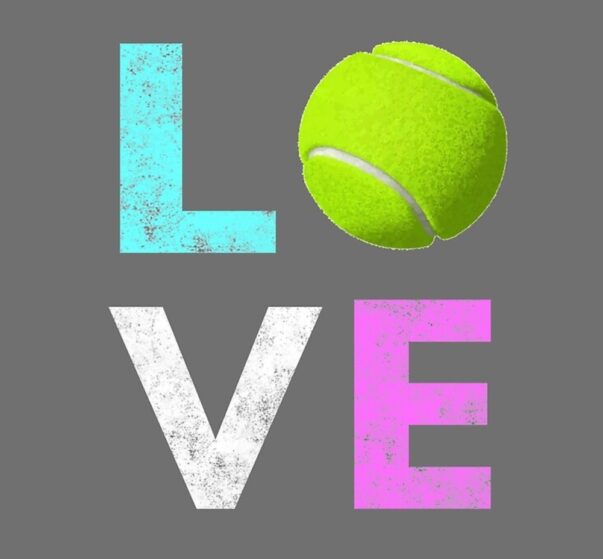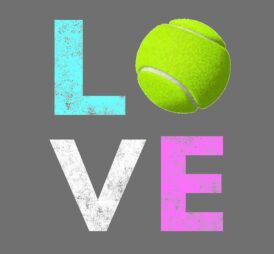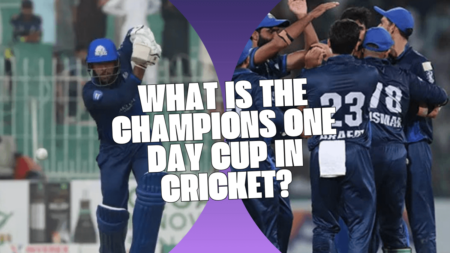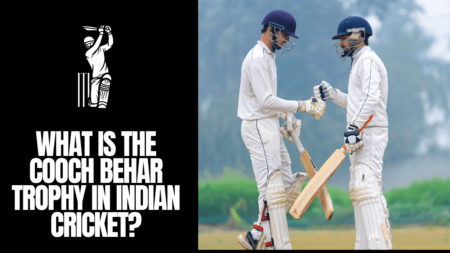

Imagine you have been blindfolded and asked to return a ball on a tennis court. It may sound impossible but there are people who actually play it in only that fashion. People who are visually impaired can also play tennis just by listening the sound of the bouncing ball followed by returning the ball to their opponent.

The First Thought
It was in 1984 when a blind Japanese student, Miyoshi Takei decided to introduce the game of tennis for the blind. Takei’s constant efforts gave him his first reward in 1990, the first blind tennis tournament on a National level. Gradually, the idea of tennis for the blind spread across the globe and today more than 30 countries are involved in the sport. Takei’s strides were directed towards taking blind tennis at the Paralympic level.
Takei himself won 16 of the first 21 National tennis championships. Unfortunately in 2011, Takei became a victim of a train accident and passed away at the age of 42.
“He wanted to make society better, with able-bodied and disabled playing tennis together and understanding each other.”- Ayako Matsui, special education teacher
Court Dimensions and Equipments
Tennis courts used in blind tennis are smaller than normal courts. The nets are lowered and the racquet’s head is bigger and the handle is shorter. Strings are placed on the turf so that the players can feel them with their feet.
Blind tennis uses a foam ball containing ball bearings which produce a sound upon impact with the floor. The players then follow the sound of the tapping ball and have to return the ball before it bounces thrice. Buzz balls & Japanese balls are the two most commonly used balls. Blind tennis is also known as Soundball Tennis.
“Being able to listen to the ball, locate it using their sense of hearing and swing at the precise moment the ball goes by is really difficult to teach.”- Sejal Vallabh, Blind tennis coach
Sight Classification
Tennis for the visually impaired is played such that there is evenness between two players impairments. For this, a sight classification was introduced by the British Blind Sport.
B1 – inability to perceive light from both eyes, inability to recognize shape in any direction. 3 bounces allowed.B2 & B3 – usable partial vision. 2 bounces allowed.B4 – 25% of normal sight. 1 bounce allowed.B5 – No top limit. This category is banned in all visually impaired sports except a few. Tennis is one of them. 1 bounce allowed.
“I love their smiles when they can finally hit a ball and it flies over the net.”- Ayako Mastsui, special education teacher
https://twitter.com/bbcgetinspired/status/885953810237190144
The Growth of Blind Tennis
In 2005, blind tennis saw a number of countries get attracted to the sport. In February 2014, the International Blind Tennis Association was formed which now controls and regulates the game. In 2015, a second International Congress took place wherein an Executive Committee of the IBTA was formed. It was assigned the task of organization, coordination, promotion and dissemination of Blind Tennis.




